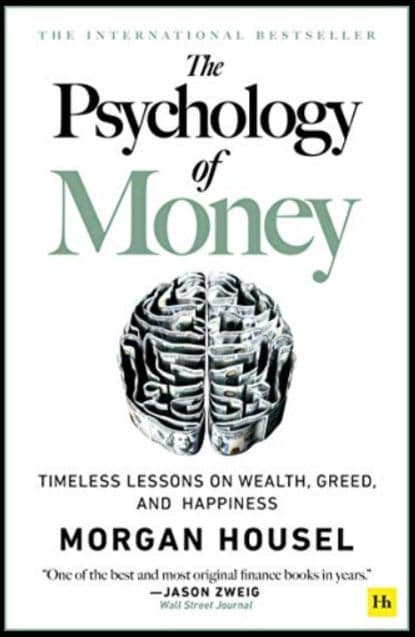You’ve heard the charming little gecko say it a million times: “Fifteen minutes could save you 15% or more on car insurance!” And Geico is hardly alone; advertising low-cost coverage is a staple of home and auto insurance marketing. Unfortunately, many consumers misinterpret these ads,
Confusing the price of insurance with amount of coverage needed
State guidelines dictate minimum insurance requirements to own and operate a vehicle. Likewise, homes with a mortgage (and most condos) have homeowner insurance minimums. But, contrary to the message hinted at by some insurance ads, your goal shouldn’t be to exclusively fulfill these minimums at the lowest cost possible. Not unless your home or vehicle is literally all that you own. And here’s why: if you are at fault in an accident or someone is hurt at your home, your legal liability extends beyond the value of the insured home or automobile. In fact, it extends to literally everything that you own. What stands between your legal liability and all those worldly possessions is the amount of liability insurance you carry at the time of the accident.
Getting behind the wheel is statistically the riskiest thing most Americans do every day. If you look down at your phone and accidentally run over a pedestrian, you’re likely to face a major lawsuit. The amount and type of liability insurance you carry could determine the extent to which you remain solvent after the litigation is completed.
Without a crystal ball, you simply cannot know exactly how much liability insurance you need, but, unless there’s very little standing between you and bankruptcy already, maxing the base benefit of your home and auto insurance policies is a worthwhile starting point. The monthly cost increase is modest relative to what’s at risk, no matter which insurance company you do business with. But let’s take this concept one step farther.
Umbrella insurance covers you beyond the limits of your home/auto policy
The maximum liability coverage possible on your home or auto insurance policies could still leave you paying out of pocket for any judgment exceeding those limits, not to mention the legal costs associated with the litigation. Like an actual umbrella, this type of insurance provides wider, more extensive protection. Plus it will cover your legal costs. Imagine a liability umbrella opened over top of your home, car, and the activities that occur in each.
How does it work?
- Let’s say your regular liability insurance covers $250,000. If you get sued and lose to the tune of $1 million, you’ll owe a staggering $750,000 out of pocket. With umbrella protection, your insurer will take on the remaining $750,000.
- It will also cover your legal costs. All you pay is your standard insurance deductible.
- Unlike standard insurance plans with lower coverage maximums, an umbrella policy will typically cover more than an additional $1 million and can be structured to cover much more.
What does it cover?
Expenses tied to liability-related lawsuits. Primarily as they relate to…
- What you owe for property damage, injuries, and funerals
- What you spent on your own legal action
- Any legal costs for claims of slander, libel, and defamation of character
- Umbrella coverage can extend to businesses. These plans are tailored to specifically cover professional liabilities.
How much does it cost?
Not that much. Especially if you’re already at or near the max for your individual home and auto insurance policies. You can expect a $1M umbrella policy to cost somewhere between $150 – $300. Larger plans carry only marginal price increases. For instance, $5 million in coverage is $500 – $600 (quite a bit less than five times the $1M policy).
The final word?
Given what’s at risk and the relatively low cost of coverage, maxing your underlying policies and adding an umbrella policy is probably well worth the expense.
CliffsNotes:
- Accidents happen. Liability insurance is an important risk management tool.
- Umbrella insurance is the most comprehensive and
cost effective forms of liability coverage.
